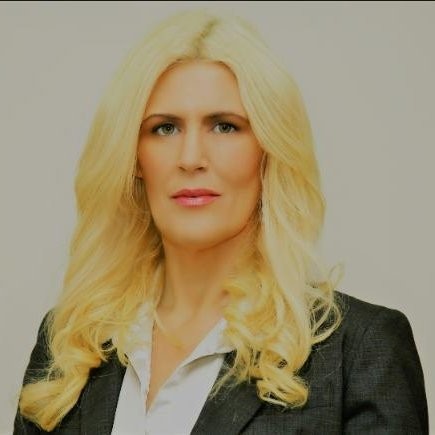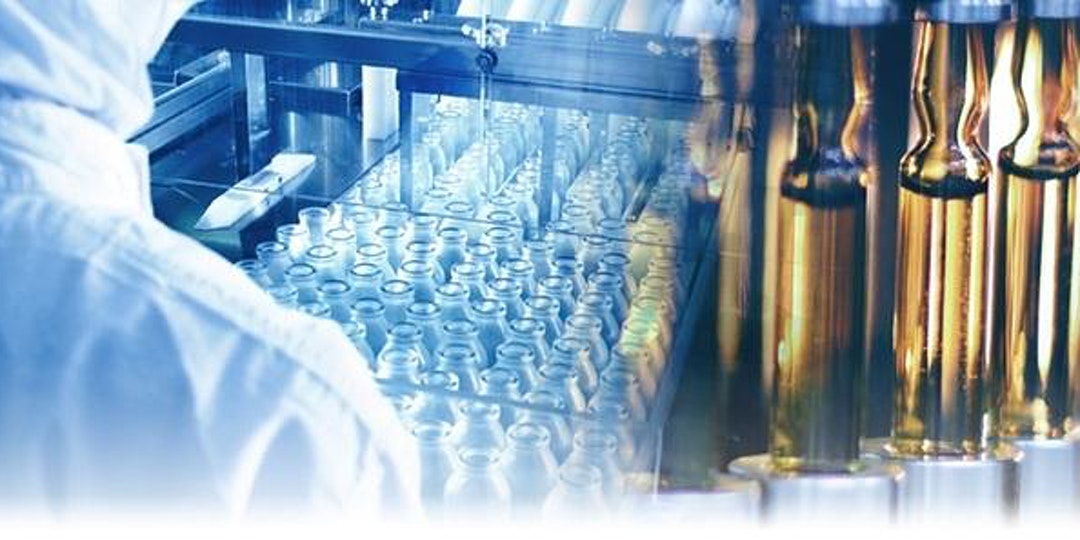Aseptic Process Validation Training Overview
Aseptic Process Validation course will provide an overview of the requirements for aseptic and bulk manufacturing operations, including facility design, contamination controls and acceptable personnel behaviors.
Cleanroom classifications and the techniques for proper cleaning and disinfection are presented; along with a high-level overview of microbiology in regards to cleanroom environmental monitoring and the associated impact to product and patient health and safety. This course will also review the guidance provided in USP to ensure compliance with regulatory expectations are met.
Webinar Includes : All the training handouts , certificate ,Q/A and 180 mins Live Webinar
Why should you attend
Course Objectives: At the completion of this course, attendees will be able to:
- Explain the difference between Aseptic and Bulk processing
- Understand facility and personnel requirements necessary to maintain microbial control
- Explain basic principles of microbiology and microorganism recovery in relation to cleanroom environmental monitoring (EM) and impact to product
- Understand the gowning requirements associated with different cleanroom classifications
- Explain basic principles of aseptic processing, including:
- Cleanliness classifications
- Proper Engineering controls
- Process differences between aseptically produced and terminally sterilized product
- Relation of manufacturing and handling procedures to sources of product contamination
- The differences between cleaning, disinfection and sanitization
- Proper cleaning / disinfectant technique
- Elements of a robust environmental program and why EM is important
- The purpose of media fills, and elements critical to their success
- The role of isolator technology
- Identify behaviors that are or are not appropriate when working in controlled areas, and why
- Identify ways that they can impact/improve site-specific EM and aseptic behavior issues
Q&A from the last session
Q1. How can one reduce the number of particulates in clean rooms?
Faculty Answer : The main method of reducing both microbial and non microbial bio particulates in clean rooms is through the use of ceiling mounted hepafilters. Now hepa stands for high efficiency particulates and what they do is remove 99.97% micron particles. So that is the main method of reducing microbial and non microbial bio particulates.
Q2. How often are microbial samples taken during this serial filter of pharmaceutical?
Faculty Answer : These microbial samples should be taken during the operation or at the end of aseptic operation field. Microbial surface samples should be taken at the end of aseptic operation field. So big difference there. And the reason why it is taken at the end is because that's worst case.
Webinar Takeaway
Topic 1: Basic Micro Review
• The role of environmental monitoring
• Types & sources of microorganisms
• The impact of microorganisms on product and patient health and safety
Topic 2: Review Aseptic Processing Basics
• Cleanliness classifications
• Process differences between aseptically produced and terminally sterilized product
• Relation of manufacturing and handling procedures to sources of product contamination
• The differences between and the purposes of cleaning, disinfection and sanitization
• Proper cleaning techniques
• The role of isolator technology
Topic 3: Review Clean Area Behaviours
• Personnel gowning requirements
• Good clean area behaviors/practices
• Practices to avoid – and why
• Review site-specific EM/aseptic behavior observations/risks & ask attendees to brainstorm ways to change/improve/eliminate these behaviors & risks
Topic 4: Aseptic Validation
• The purpose of media fills, and elements critical to their success
Who will benefit from Aseptic Process Validation Training
Operations employees who are required to enter controlled environments as part of their job function – includes some or all of the employees in the following departments:
- Production
- QC Micro
- Engineering & Validation
- Facilities / Maintenance
- Quality Assurance

Kelly Thomas (25+ year exp.)
Vice President, Americas Quality Operations at Stallergenes Greer - Charlotte Metro USA
Ms. Thomas has over two decades of cGMP hands-on industry experience in both pharmaceutical and medical device manufacturing operations. Her experience covers all Quality Systems; as well as, all areas of validation; including, process/product validation, facilities validation, CSV and 21 CFR Part 11, test method validation, equipment/automated processes and cleaning validation.
